Light is one of the most important things on the planet, so what is more important, light or water? Well, that is like the question, what came first, the chicken or the egg?
We humans also need light, without it our body would not be able to produce any vitamins D. For cannabis plants it is even more essential since they need sunlight for photosynthesis. A word that defines the ability of the plant to produce chlorophyll and thus be able to absorb nutrients from the soil.
You will need different lights for your cannabis plants. Lighting type depends on whether they are in the vegetative period or in the flowering period. Here you will find the explanation why the Watt number is not the most important factor. The wattage of the lamps does not tell you how much of its light can be used by the plants.
You will also discover what is behind the RFA unit of measure and what are nanometers. You will also get to know everything you need to know about how cannabis plants can use light. And finally, you will also get the information on what type of lamps you should use for your growing room.
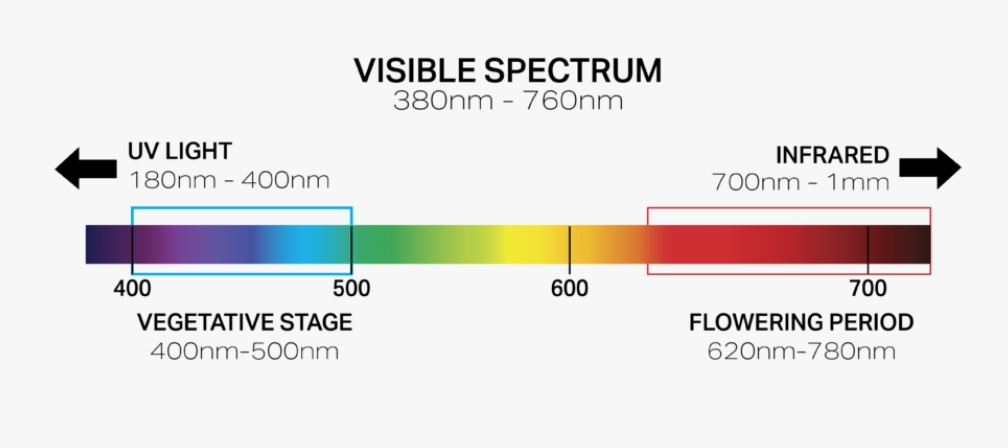
What are wavelength phase, RFA and nanometers?
The spectrum of light ranges from ultraviolet to infrared. The wavelength phase is always measured in nanometers, the abbreviation for nanometers is nm.
But for plants, including cannabis, not all wavelength phases are usable. Plants for photosynthesis can use everything only between 400 and 700 nm. That brings us to the RFA unit of measurement, it is the unit that tells you how much light is used for photosynthesis.
Now it may sound complicated, but it is not. Just keep in mind that nm tells you the wavelength and that only 400 to 700 is usable. RFA puts it all together, so you don’t have to count.
RFA is an acronym for Photosynthetically Active Radiation.
Grow Light Spectrum by Type for best lighting
Certain light spectrums will trigger growth characteristics in plants. In general, blue light spectrums encourage vegetative and structural growth. Red light promotes flowering, fruit, leaf growth, and stem elongation. Each crop type is sensitive to different spectrums and quantities of light throughout a daylight cycle – this directly affects the rate of photosynthesis.
We know that controlling grow light spectrum can have a significant impact on areas of growth – like flowering, flavour, colour, compactness etc. However, it’s important to recognize that signalling specific growth factors is part of a much larger, complex cycle. Results also vary depending on the environment (indoor or outdoor), the relative temperature and humidity, crop species, light intensity (lumens per watt), and photoperiod etc.
Let’s look at specific grow light spectrums and their application in horticulture.
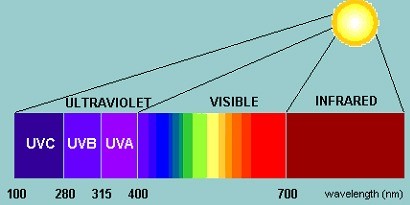
UV Light Spectrum (100–400 nm)
UV light spectrum, which is not visible to the human eye, is outside the PAR range (100nm-400nm). Around 10% of the sun’s light is ultraviolet, and like humans, plants can be harmed from overexposure to UV light. Categorized into 3 types, UV-A (315-400 nm), UV-B (280-315 nm), and UV-C (100-280 nm).
While the benefits of ultraviolet light use in horticulture are still being investigated, UV light is often associated with darker, purple colouring. In fact, small amounts can have beneficial effects on colour, nutritional value, taste, and aroma of cannabis.
Research shows environmental stress, fungus, and pests can also be reduced using controlled amounts of UV. Research has emerged that suggests an increase in cannabinoids like THC (5) in Cannabis can be achieved using UV-B light (280nm – 315nm).
Blue Light Spectrum (400–500 nm)
The spectrum of blue light is widely responsible for increasing plant quality – especially in leafy crops. It promotes the stomatal opening – which allows more CO2 to enter the leaves. Blue light drives peak chlorophyll pigment absorption which is needed for plant photosynthesis.
It’s essential for seedlings and young plants during vegetative stages as they establish a healthy root and stem structure – and especially important when stem stretching must be reduced.
Green Light Spectrum (500–600 nm)
Green wavelengths are seen as less important for plant photosynthesis given it’s (in)ability to readily absorb chlorophyll compared to other light spectrums. Nonetheless, green is still absorbed and used for photosynthesis; in fact, only 5-10% is actually reflected – the rest is absorbed or transmitted lower down! Use green light’s ability to penetrate a plant’s canopy to extend your light range.
In greenhouses, due to the presence of sunlight, supplementing the green light spectrum would be less important compared to crops are grown solely indoors.
Red Light Spectrum (600–700 nm)
Red light is known to be the best light spectrum to encourage photosynthesis as it’s highly absorbed by chlorophyll pigments. In other words, it sits in the peaks in chlorophyll absorption. Red light wavelengths (particularly around 660nm) encourage stem, leaf, and general vegetative growth – but most commonly, stretching of leaves and flowers.
A balanced pairing with blue light is necessary to counteract any overstretching, like disfigured stem elongation. It’s important to consider that while red is the most responsive light spectrum for cannabis plants, its benefits are seen most when in combination with other PAR wavelengths.
Far-red Light Spectrum (700–850 nm)
There are ways far-red can affect plant growth – one is to initiate a shade-avoidance response. At around 660nm (dark red) a plant will sense bright sunlight exposure. From 730nm and beyond a plant will detect light “shade” from another plant or leaves higher up the canopy, so stretching of the cannabis plant occurs.
Far-red can be very useful to promote flowering, and in certain plants, increase fruit yield (6). In short-day plants like Cannabis, which rely on longer periods of darkness, 730nm can be used at the end of a light cycle to promote flowering. Some pros are experimenting with interrupting the dark cycle with bursts of red light to boost growth and flowering.
Why doesn’t more Watt mean better light?
As you can see above, Watt only tells you how much electricity your lamp is using to produce light. But just because the light is stronger, it doesn’t mean it produces more light that can be used by your cannabis plant. Now you should know what to look for, you are looking for a high RFA-Watt number since that is the amount of electricity that fuels your cannabis plants.
What light to use for the vegetative period of cannabis?
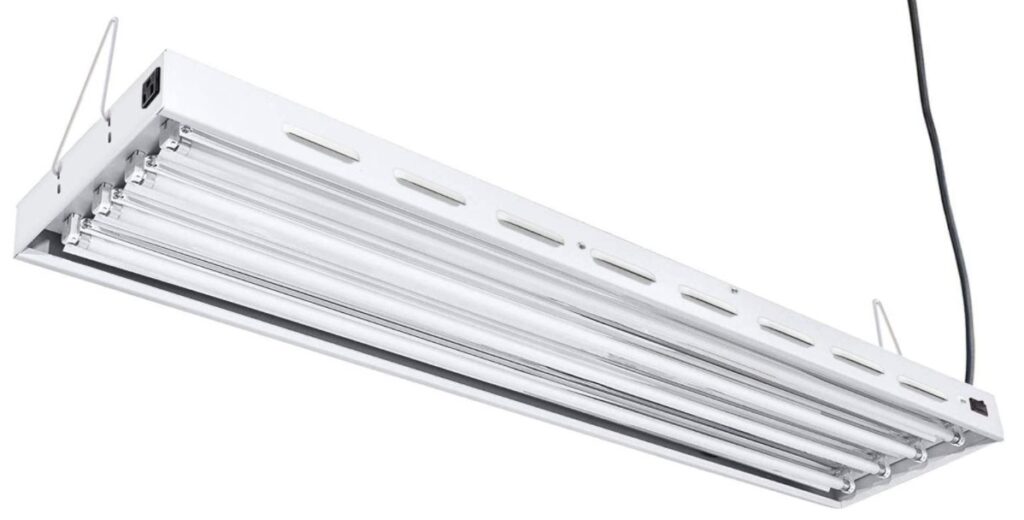
You should use Fluorescent lamps in the vegetative period of the Cannabis plant. They don’t need a lot of electricity, they don’t cost a lot of money when you buy them, and they produce little heat. But be careful not to buy just any fluorescent light at the hardware store. In most cases, they have the wrong light spectrum for growing.
So the best idea is to check what is for sale in your local grow shop. Make sure that the lights they offer are in the nm range that is suitable for the growth of your cannabis plant. For every square meter of the grow room, you will need about 2 fluorescent lamp fixtures. Fluorescent lights can be bought for a few dollars, if you also need the mount it will cost you a little more. But in total, you will be around $100 per square meter.
What light to use for the flowering period of cannabis?
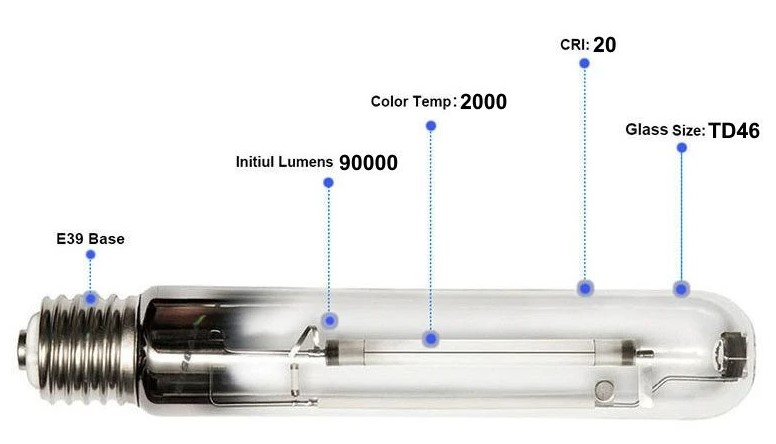
A high-pressure sodium lamp is required for the cannabis flowering period. Modern sodium vapour lamps even offer the possibility of changing the light spectrum. But that can be expensive as they really need a ton of electricity to run. Another problem is the heat they emit, making it necessary to maintain a distance between the cannabis plants and the bulb. Since you don’t have much space in your grow room, maybe you should look at a cooling system. Cooling your bulb will allow your cannabis plants to grow closer to the lamp without burning.
LEDs for cannabis cultivation
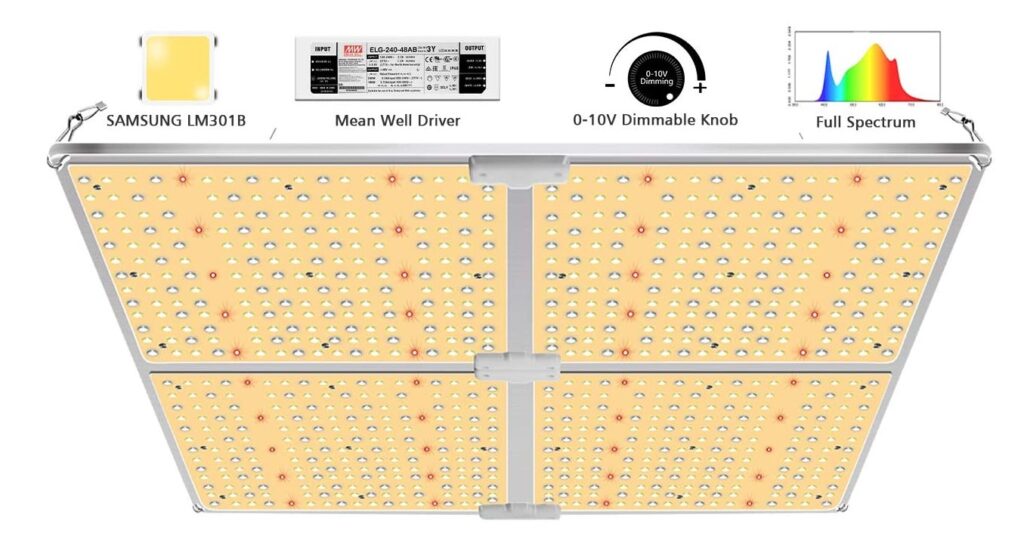
A much better and newer method is the use of Quantum Board LEDs for growing cannabis. They are now available with a spectrum of light that matches that of cannabis photosynthesis. The problem is that LEDs are very expensive, but as electricity is getting more and more expensive, it is worth thinking about. But make sure you find a long-lasting, good-quality one because LEDs are always expensive but not always good quality. Grow LEDs are only a few years old and therefore growers are still gathering information to make high-quality LEDs for growing cannabis.
Now you guys understand a little more about the lights used for growing cannabis at home. Seriously, it is not that difficult to grow large cannabis flowers in your home. for personal or medicinal use!

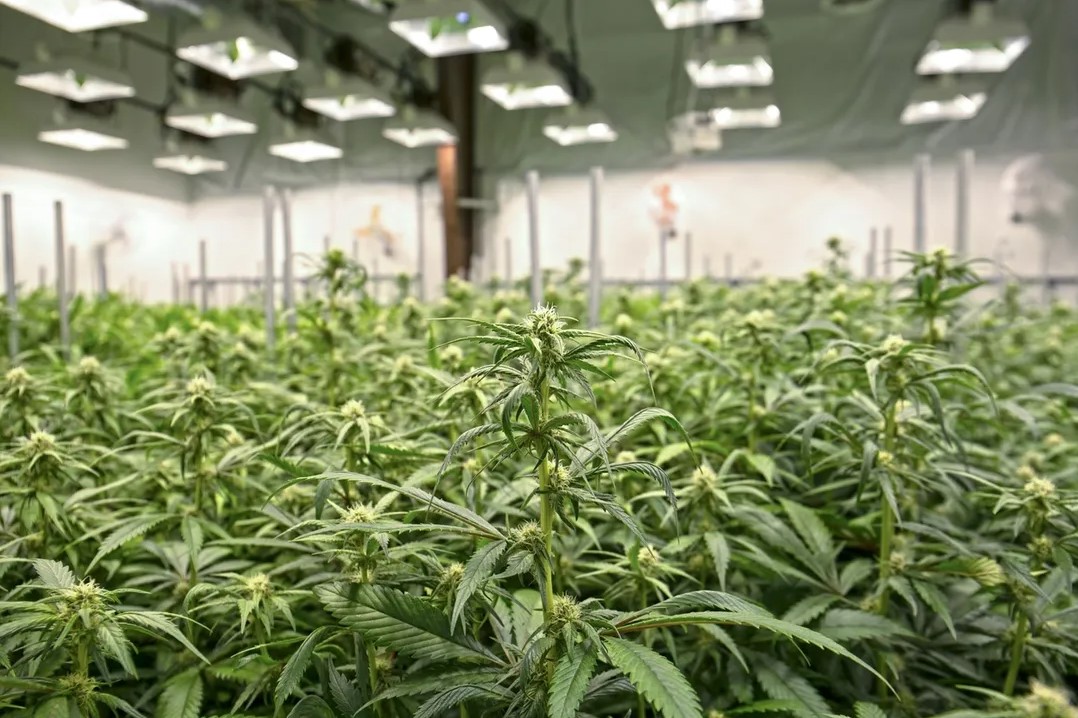
[…] Flowering Cycle of Weed – Lighting cycle […]